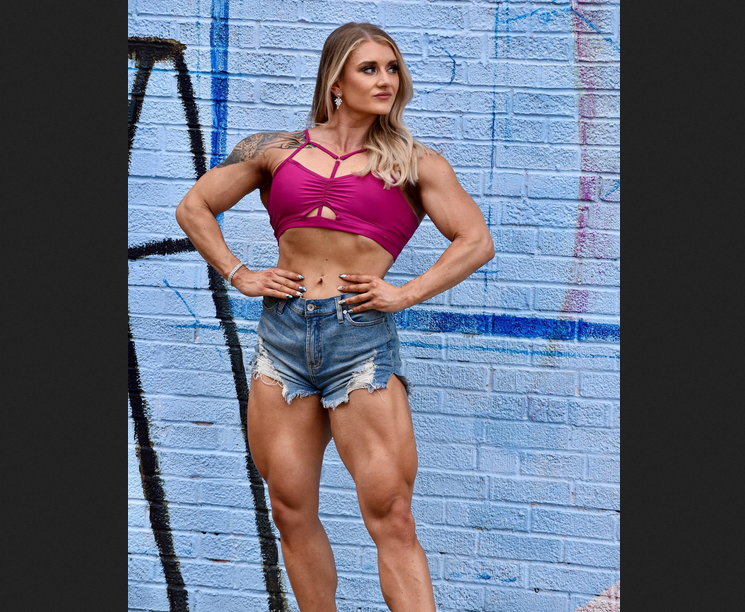1 - Compound Movements (Part 2)
Compound exercises are the most important exercises in an exercise program. For personal program and design, there needs to be a base of strength developed so that you have an idea on what to do while in the gym. Some of you may be puzzled by "compound movements" and some of you may know exactly what they are. First off, a "compound" movement is NOT defined as an exercise that uses various muscle groups. While this IS true and a huge plus of a compound movement; isolations and every other movement of the human body require utilization of more than one muscle group, as well. If you would lie down on your bed and lay perfectly fat, then raise your pointer finger you would use muscle groups from more than one source; first off, you would use your grip strength; second, you'd use strength from your forearm extensor muscles (brachioradialis, supinator, abductor pollicis longus, extensor pollicis longus). People far too often think the only type of contraction a muscle makes is concentric; it is inaccurate. The muscle makes three contractions: eccentric, concentric, and isometric. In some exercises, muscles are worked only isometrically; for instance, the upper back muscles during the back squat, the traps during weighted dips, and the forearm muscles during a bench press. The true definition of a compound movement is a movement that demands involvement of multiple joints.
👉 1 - Compound Movements (Part 2)
👉 2 - Program
👉 3 - Principles
👉 4 - Nutritio








































No comments:
Post a Comment